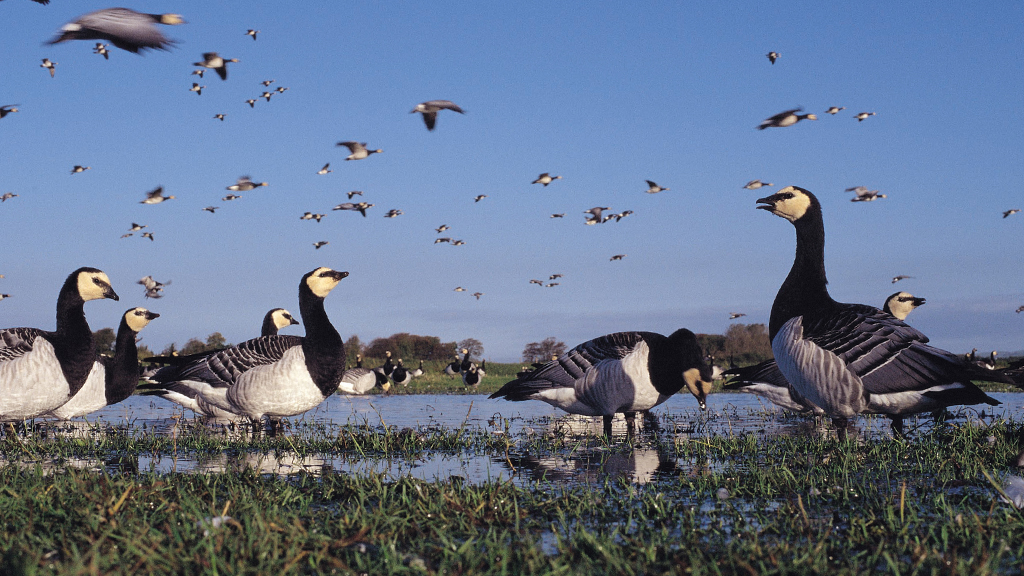Lost species: how the UK was once a much wetter land
Thousands of years ago, lowland Britain would once have been a much wetter place. There would have been a lot more wetland habitat all over the lowlands, filled with species you might not expect to see roaming the UK in great numbers.
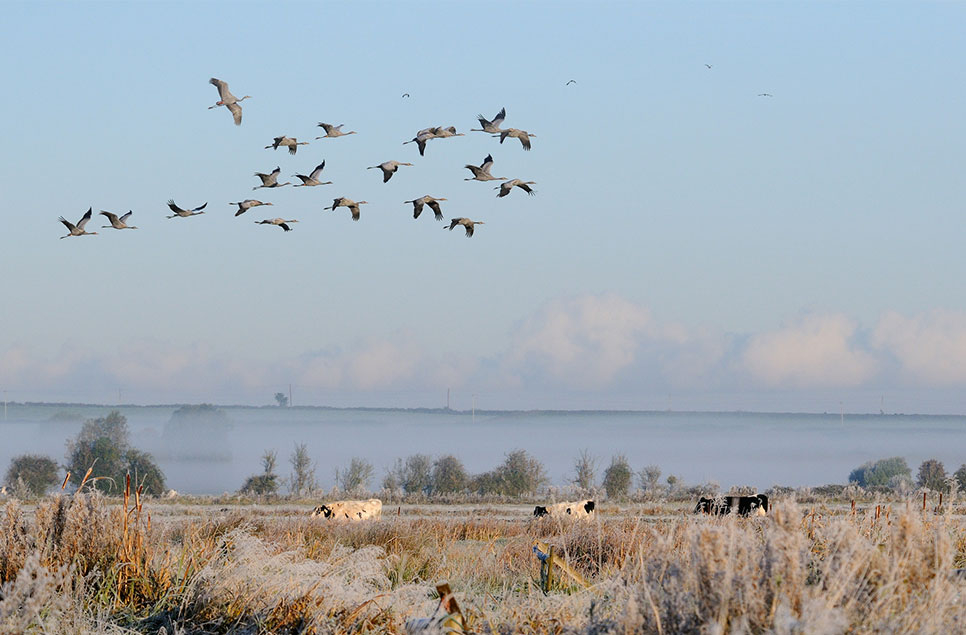
Thousands of years ago, lowland Britain would once have been a much wetter place; a dynamic landscape with hotchpotches of tree cover, ever-changing through the power of water. It was the water that provided the rich tapestry of habitats that UK wildlife needed to thrive.
We’re not just talking reedbeds here but a highly varied landscape of open water, bogs and wet woodland. Water was the driving force for shaping the landscape, creating homes for a great many more species than we see today.
Where would we have seen these wetlands?
There would have been a lot more wetland habitat all over the lowlands. Some of these places can still be seen today but in a different, man-made form: the Somerset Levels, the Cambridgeshire fens and washes, and Norfolk broads. These historic wetlands would have been mostly rivers and coastal floodplains.
Why are these habitats so diverse?
Essential to creation and maintenance are architects and engineers. In the natural world, this is largely down to large herbivores as they go about their business: gnawing, browsing, grazing, wallowing and digging. This means no habitat is the same as the next and doesn’t stay that way for too long, creating different opportunities for different species.
What did they sound like?
We've recreated an example wetland soundscape that you might have heard in ancient times, to transport you back to a wilder time.
Meet our ancient wetland maintenance crew
Auroch (Bos primigenius) – the bulldozer
Status: Extinct, but there are breeding programmes in Europe to attempt to recreate a similar animal from existing breeds.
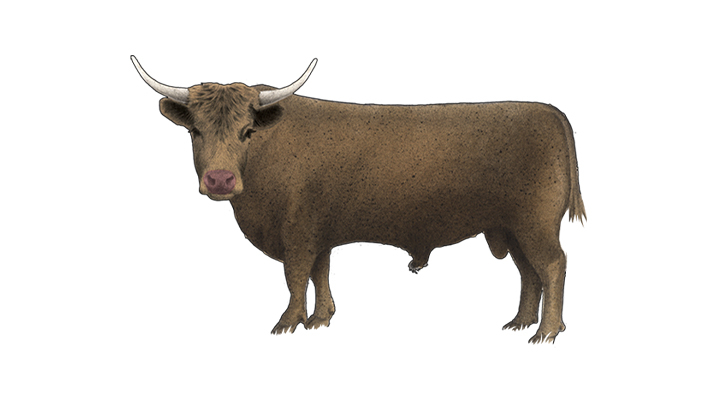
The likely ancestor of domestic cattle, they became extinct on our islands around 3,000 years ago. They browse foliage, strip bark and essentially keep back or kill plant growth, opening up the habitat and limiting tree cover, allowing the water to shape and create new habitats. They carry plant seeds on their fur and in their dung, which in turn provide food for invertebrates and fertilises the soil. Their big bodies also break up the earth and create new channels when they wallow, places for other animals and plants to live and feed.
Wild boar (Sus scrofa) – the rotavator
Status: Numbers rising in the UK. Common across the rest of their range.
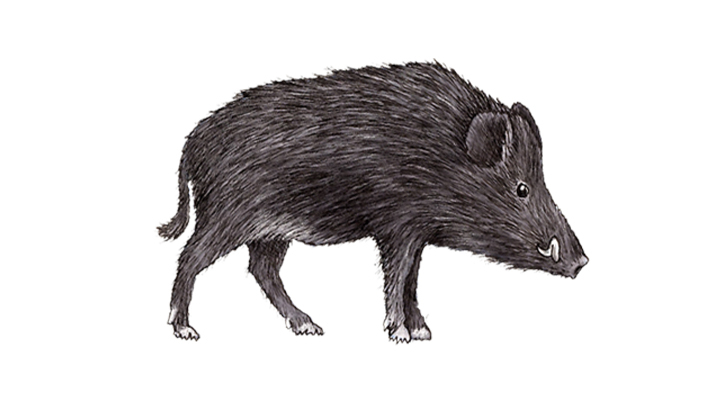
Large, hairy pigs that just can’t help but dig, dig, dig the whole day long, these were the wild ancestors of modern-day domestic pigs. Wallowing, disturbing, aerating, upturning, rootling – forever creating new mini-habitats, as their digging was particularly important for creating mini wetlands. A 'boar wallow' is a wet hollow created by this action, and becomes a natural pond. They would also use their powerful build and sensitive snout to sniff out food. Gone since the Middle Ages, it is thought that in the late 20th century wild boar escaped or were illegally released from farms. Today there are around 2,500 boar in the UK once again.
European elk (Alces alces) – the hedge strimmer
Also known as moose in the Americas
Status: Extinct in UK but of ‘Least Concern’ across their range.
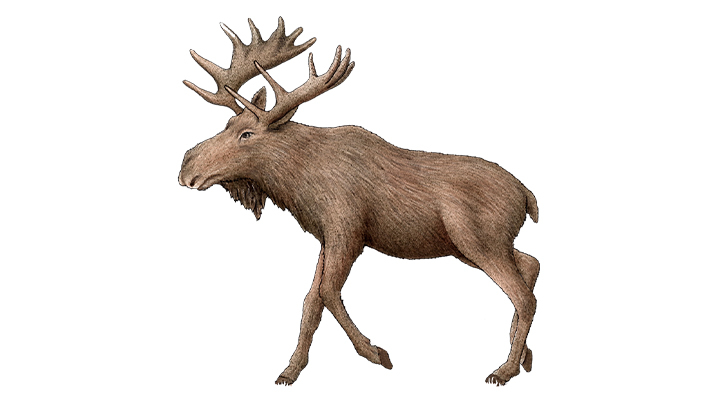
As close as we get to mega-fauna in Europe, this very large deer went extinct in the UK perhaps as recently as 2,000 years ago. Around the world, they feed in what we know as carr wetlands or wet woodland – browsing on willow, birch, aspen and alder – as well as being able to feed underwater by closing their nostrils! They maintain an open landscape by pruning these trees.
Eurasian beaver (Castor fiber) – the ultimate wetland creator
Status: Up until very recently, extinct in the UK but of ‘Least concern’ across wider range.
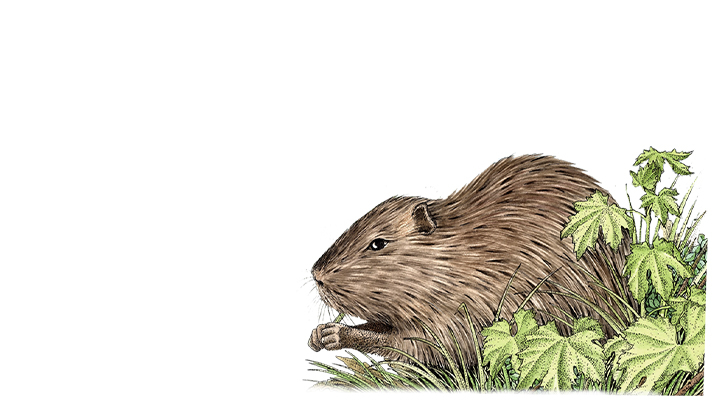
These chunky herbivorous rodents do more for wetlands than any other animal. Firstly they fell trees around a water body, opening up the canopy. Felled trees are gnawed on with their ever-growing, orange, enamel-covered teeth and what they don’t eat are dragged over to their dam as building material. Behind the dam, water slows and creates ponds, creating habitats for many other species – fish, insects, birds. As these pools mature, they might dry out; due to the sediment built up in them, they become a fertile place for grasses and flowers to grow, supporting more wildlife. Eventually, they’ll scrub up and return to woodland. So beavers will forever be creating new wetland habitats!
Beavers are today being reintroduced to sites in Scotland, Essex, Somerset, Devon and Cornwall.
Our list of lost wetland species doesn’t stop there…
Black tern (Chlidonias niger)
Status: On the UK Green list as it now only appears as a passage migrant. Of ‘least concern’ in Europe and globally.
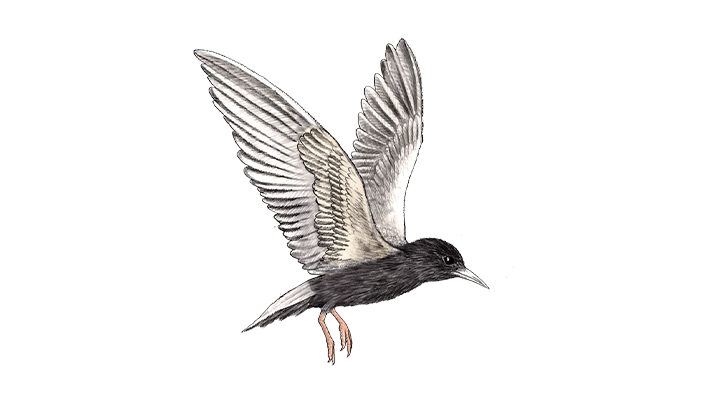
Breeding on marshes, they need large areas of shallow water. Used to breed in the UK but had disappeared by 1850 due to loss of habitat. There are still large breeding populations on the continent, as close as the Netherlands.
Marsh harrier (Circus aeruginosus)
Status: On the UK Amber list but of ‘Least Concern’ in Europe and globally.
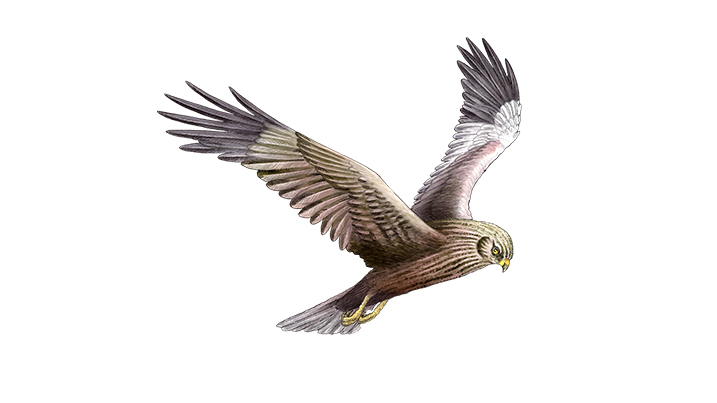
A modern-day success story – they went extinct in the 19th century, but then slowly reinserted themselves in the Norfolk marshes for much of the 20th century. However, in the last 20 years they have really bounced back with around 700 pairs now breeding in the UK. It is one of the first predators to move into new wetland areas.
White-tailed eagle (Haliaeetus albicilla)
Status: On the UK Red list but of ‘Least Concern’ in Europe and globally.
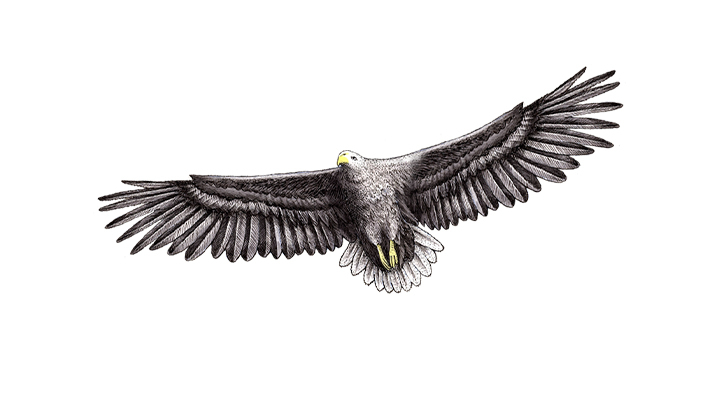
By the time the Romans left Britain, there would have been around 1400 pairs of these ‘flying barn doors’ roaming our skies. Attitudes towards birds of prey got continually worse over the coming centuries and they were persecuted widely due to perceived taking of livestock and a general culture of a fight against large wildlife. The last ones disappeared from England in the Lake District in 1794 and the last from Scotland in 1916 on the Isle of Skye.
Since then, birds have been released and established themselves on the Western Isles, as well as the 2019 introduction of birds to the Isle of Wight. This is 240 years since the last bird was seen in England.
Contrary to their reputation of being a bird of high Scottish crags, these birds actually do very well in wetlands, feeding on fish but also scavenging on larger carcasses. One wilding project in the Netherlands has attracted eagles to nest in willow trees, there are now around 40 pairs.
Night heron (Nycticorax nycticorax)
Status: No status in the UK as it is now a scarce visitor. Of ‘Least Concern’ across Europe and the rest of its range.
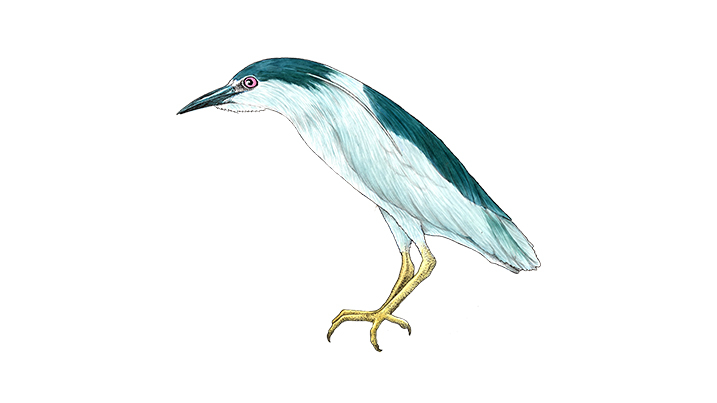
Sub-species of night heron are found pretty much worldwide, even in coldest Patagonia and Falkland islands; if night herons can survive there, it really shows what we are missing in the UK.
There are a few examples of archaeological specimens from the Roman period and they appear on mediaeval poulterer’s price lists as the ‘Brewe’ from medieval French Bihoreau, which suggests they were a fairly common species back in the day. In 2017, the first confirmed breeding occurred on the Somerset Levels, but nothing since.
Common crane (Grus grus)
Status: On the UK Amber list but of ‘Least Concern’ in Europe and globally.
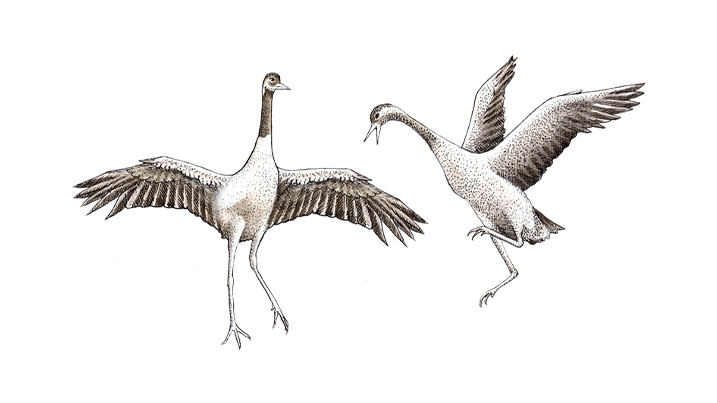
These long-legged beauties disappeared from England by 1542 due to hunting and drainage of habitat. In 1981, wild continental birds bred in Norfolk. In 2014, the first wild crane chicks were hatched in western England in 400 years as a result of captive breeding and released from WWT Slimbridge.
Spoonbill (Platalea leucorodia)
Status: On the UK Amber list but of ‘Least Concern’ in Europe and globally.
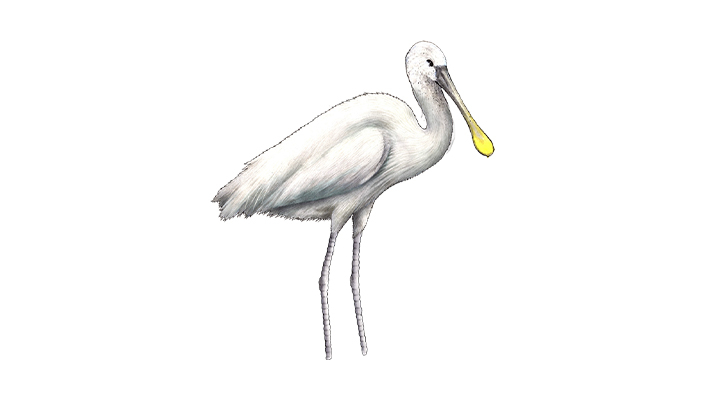
Becoming more common, you have a chance of seeing them in low numbers in many wetlands particularly in the southern half of the country. The first modern breeding record was in Norfolk in 2010 – the first since 1620. There’s now around 30 breeding pairs there and they have started to breed at other sites, too.
Ruff (Calidris pugnax)
Status: High on the Red list in UK but of ‘Least Concern’ in Europe and globally.
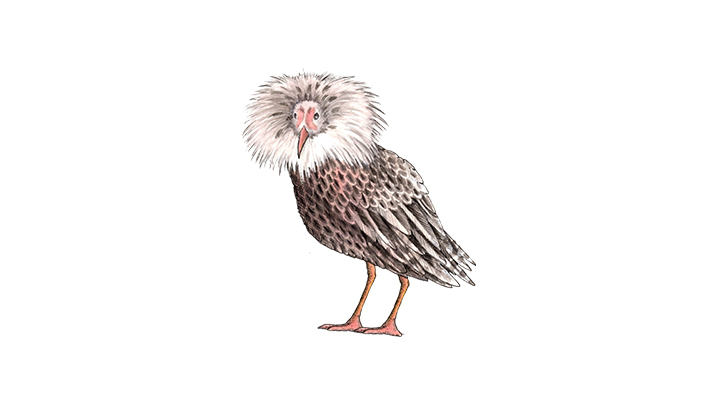
Today, an extremely rare breeding bird in the UK but small numbers are often seen on migration and some winter with us. They were common in the Fenlands during the early 1800s but due to loss of habitat, were gone by 1840. Need floodplain grassland to breed.
Dalmatian Pelican (Pelecanus crispus)
Status: Just one recent vagrant record in the UK. ‘Near Threatened’ across their Eurasian range.
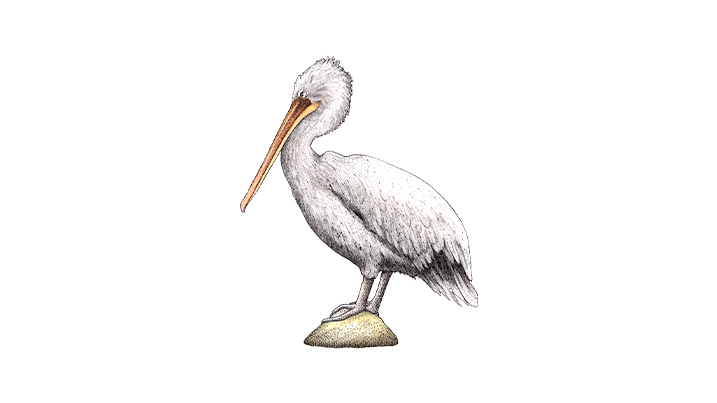
The presence of pelicans is one of the best indicators of fish rich, bountiful wetlands. There are bone records from Glastonbury dated to 700BCE, but we know they were gone by the time of the Roman invasion in 43CE. They’re amongst the world’s heaviest flying birds so it’s likely that they became extinct due to being hunted for food, not habitat loss.
Pygmy cormorant (Microcarbo pygmeus)
Status: No records in UK. ‘Least Concern’ across their range.
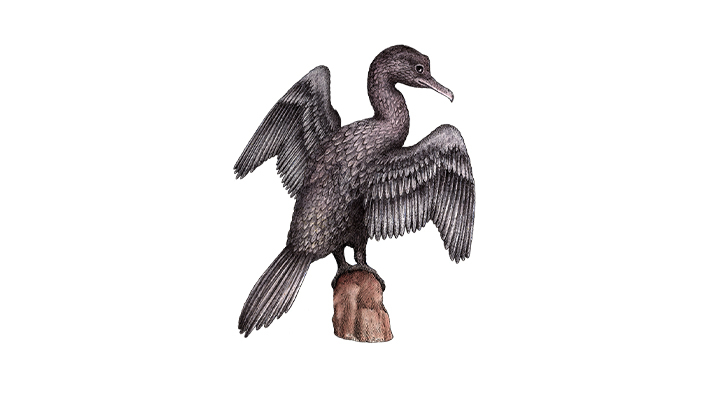
Like our familiar cormorant, but coot-sized! They fill a similar ecological niche apart from eating smaller prey. Today, breeds around the eastern Mediterranean but there is one archaeological record of this bird dated to 15th century in Oxfordshire, which suggests these were a native species.
Savi’s warbler (Locustella luscinioides)
Status: High on the Red list in UK but of ‘Least Concern’ in Europe and globally.
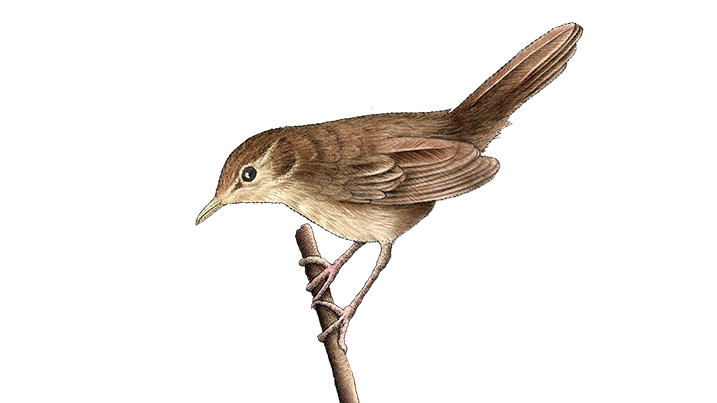
We currently see around 10 records a year in the UK of this bird, but they should be breeding in our reedbeds; due to loss of habitat, they aren’t and were extinct by 1856. Often tricky to see but endlessly sings by ‘reeling’ a metallic, high-pitched, insect-like noise.
Corncrake (Crex crex)
No prizes for guessing where that scientific name comes from after hearing their call!
Status: High on the Red list in UK but of ‘Least Concern’ in Europe and globally.
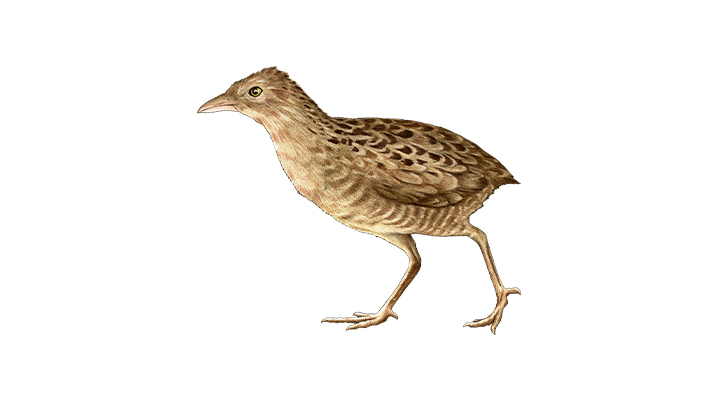
Relatives of the familiar moorhen, just slightly less great at swimming. Loves nothing more than spending a summer in damp meadows and floodplain grassland. The current UK population is mostly restricted to the Western Isles (and has been reintroduced to the Nene Washes). Up until the late 1800s they were widespread throughout UK, but with the mechanisation of hay making, they were quickly wiped out. Amazingly, they winter in the Congo rainforest, returning to the same patch of meadow to breed every year. Even the reintroduced Cambridgeshire birds do this – bird memory is mind-blowing!
European eel (Anguilla Anguilla)
Status: ‘Critically Endangered’ – that’s closer to extinction than Bengal tigers or giant pandas.
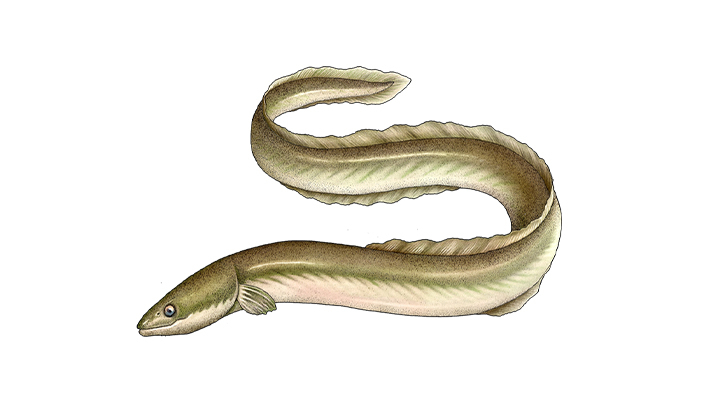
A food source for many wetland animals but their numbers are very low due to barriers like weirs and dams blocking their migration downstream to spawn. It’s also tricky for pelagic-born elvers (baby eels) to get into wetlands due to man-made obstacles. In mediaeval times, they were so common that they were used as currency - historically, the eel constituted 50% of the total freshwater fish biomass in Europe. Find out more about these slimy friends
Burbot (Lota lota)
Status: very likely extinct in the UK but of ‘Least Concern’ in Europe and globally.
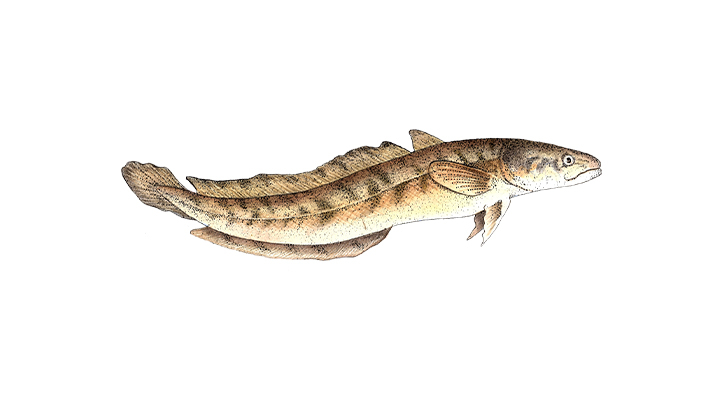
These bottom-dwellers look a bit like a cross between a cod and a catfish! The last confirmed sighting in the UK was in 1969. It’s thought that chemical pollution and water warmed by power stations wiped them out – these fish love the cold and need temperatures under 4 degrees centigrade to breed. Like the eel, they are migratory breeders, but don’t travel quite so far – but they do need cold, sandy habitats for spawning. They’re big fish, keeping populations of smaller fish in check as well as being prey themselves.
Water vole (Arvicola amphibious)
Status: on the Red list in the UK but of ‘Least Concern’ globally.
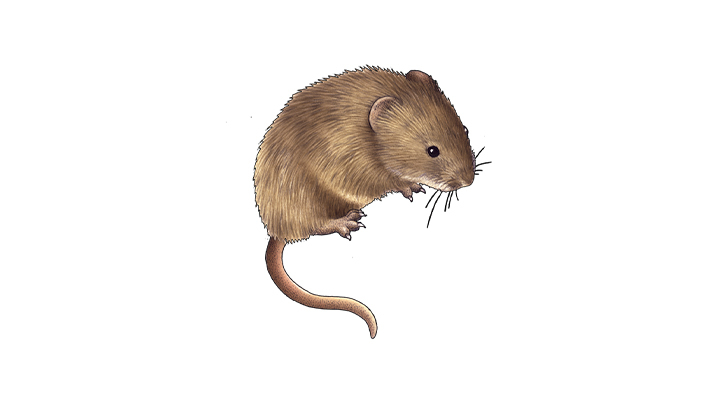
Notoriously shy, you might spot a water vole (or perhaps a glimpse of furry tail) peering out of their riverbank homes or hearing them ‘plop’ into the water. Suffered steep declines in recent years due to predation by introduced American mink and loss of habitat - a naturalised wetland habitat full of larger engineer animals gives them more of a chance – the voles make a home in old beaver lodges. How to ID a water vole
We're putting wetlands back in the landscape
We are facing a climate, biodiversity and wellbeing crisis. Restoring wetlands will create and connect habitat for struggling wildlife, and bring species back to the landscape previously thought lost. Our ambition is to secure their future and inspire everyone to value these amazing places and what they can do for people and nature.
Help us get there


